
AeroGenie — ваш интеллектуальный второй пилот.
В тренде
Categories
Airbus First-Half Profit Rises 85% Amid Toilet Shortage Backlog
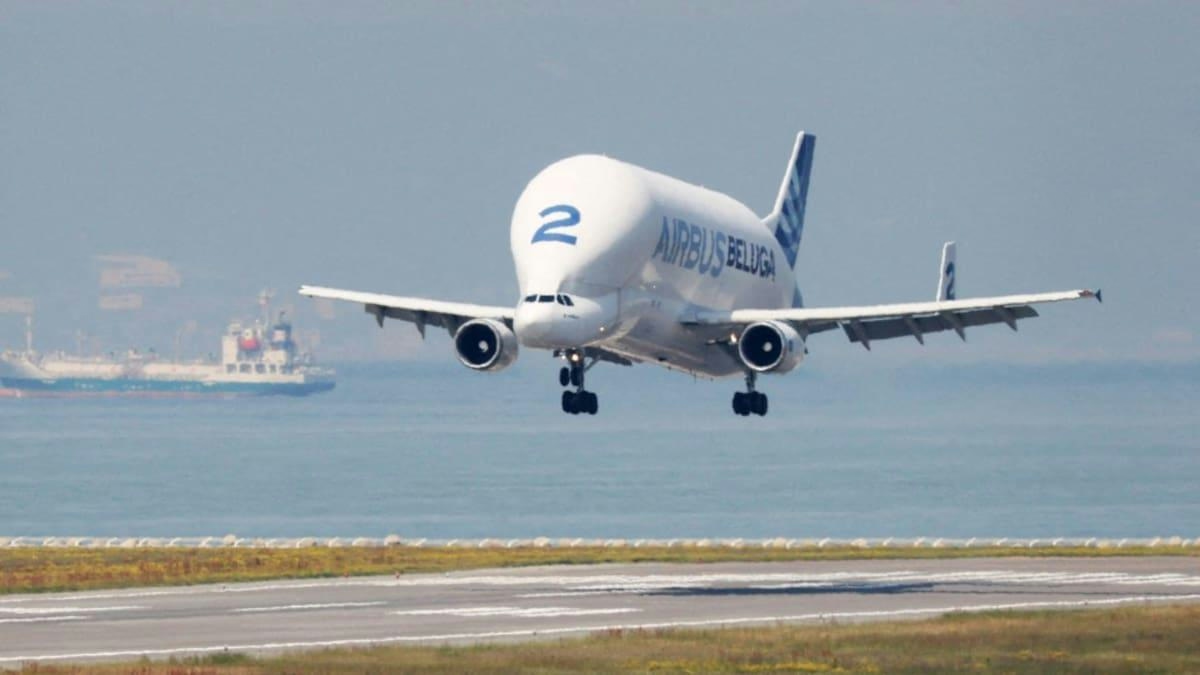
Airbus First-Half Profit Rises 85% Amid Supply Chain Challenges
Airbus has reported a remarkable 85% increase in first-half profits, reaching €1.5 billion, a significant recovery from the 46% decline experienced in the same period last year. This robust financial performance was largely driven by strong results in the company’s defense and helicopter divisions, despite ongoing supply chain disruptions. Notably, Airbus continues to contend with an unusual backlog caused by a shortage of aircraft toilets, highlighting the fragility of its production processes.
Operating profit, a key indicator of the company’s underlying business health, rose by 11% to €1.6 billion. Airbus reaffirmed its full-year delivery target of 820 commercial aircraft for 2024, signaling confidence in its production capabilities. The company is also nearing the completion of an acquisition deal involving assets from Spirit AeroSystems, a strategic move expected to enhance its position within the aerospace sector.
Supply Chain Bottlenecks and Political Developments
Airbus CEO Guillaume Faury welcomed the recent political agreement between the European Union and the United States to restore a zero-tariff regime on civil aircraft, describing it as “a welcome development for our industry.” Earlier in the year, Airbus had already felt the impact of 10% tariffs imposed by the US, but the new agreement has generated cautious optimism within the company.
Despite these positive developments, Airbus continues to face significant production bottlenecks. As of the end of June, 60 aircraft remained undelivered due to engine shortages from suppliers CFM International—a joint venture between Safran and General Electric—and Pratt & Whitney. Faury expressed confidence in meeting delivery targets, noting that aside from these engine delays, production progress is substantially ahead compared to previous years.
An unexpected supply chain issue has also emerged in the form of a shortage of toilets for wide-body jets, particularly the A350 model. Christian Scherer, Airbus’ director of commercial aircraft, emphasized the critical nature of this component, stating, “You can’t really build an airplane without a toilet,” underscoring how even minor parts can disrupt complex manufacturing schedules.
Workforce and Future Outlook
Last year’s half-year net profit had been adversely affected by expenses related to Airbus’ space activities, which led to announced job cuts within its defense and space divisions. The company currently employs approximately 157,000 people, with around 97,000 in commercial aircraft, 23,000 in helicopters, and 36,500 in space and defense.
Looking ahead, Airbus has maintained its 2025 forecast, targeting an adjusted operating profit of roughly €7 billion. The company remains alert to competitive pressures, particularly from Boeing, which recently reported a narrower second-quarter loss of US$697 million after increasing its aircraft deliveries. Boeing is described as being in a “stabilisation phase” following a series of challenges.
Market response to Airbus’s strong financial results has been positive. However, ongoing supply chain issues, especially the toilet shortage, present potential obstacles as the company strives to meet its ambitious delivery goals for the year.
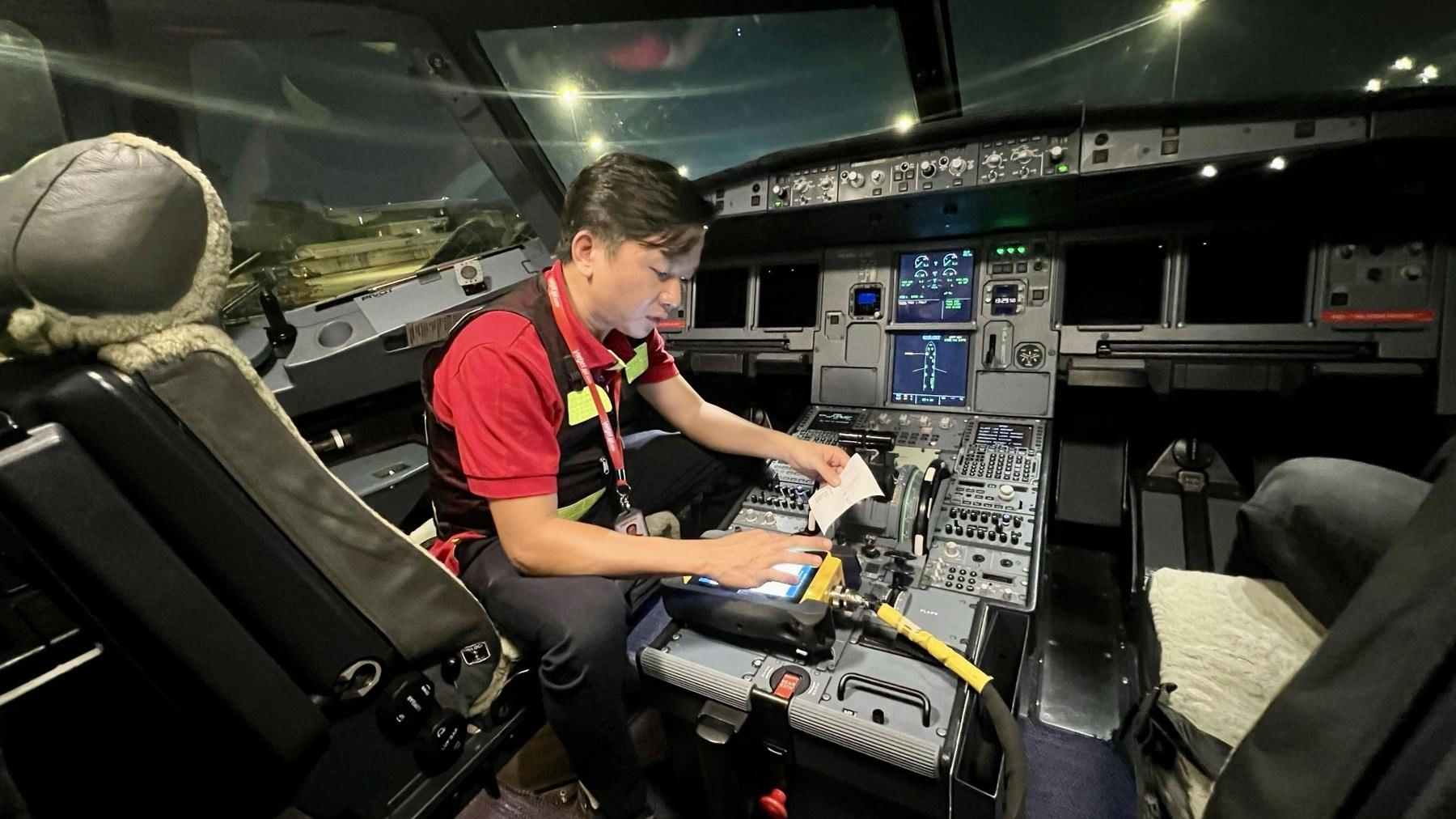
Inside Vietjet’s 32-Hour Emergency Response to Keep Airbus Fleet Operational
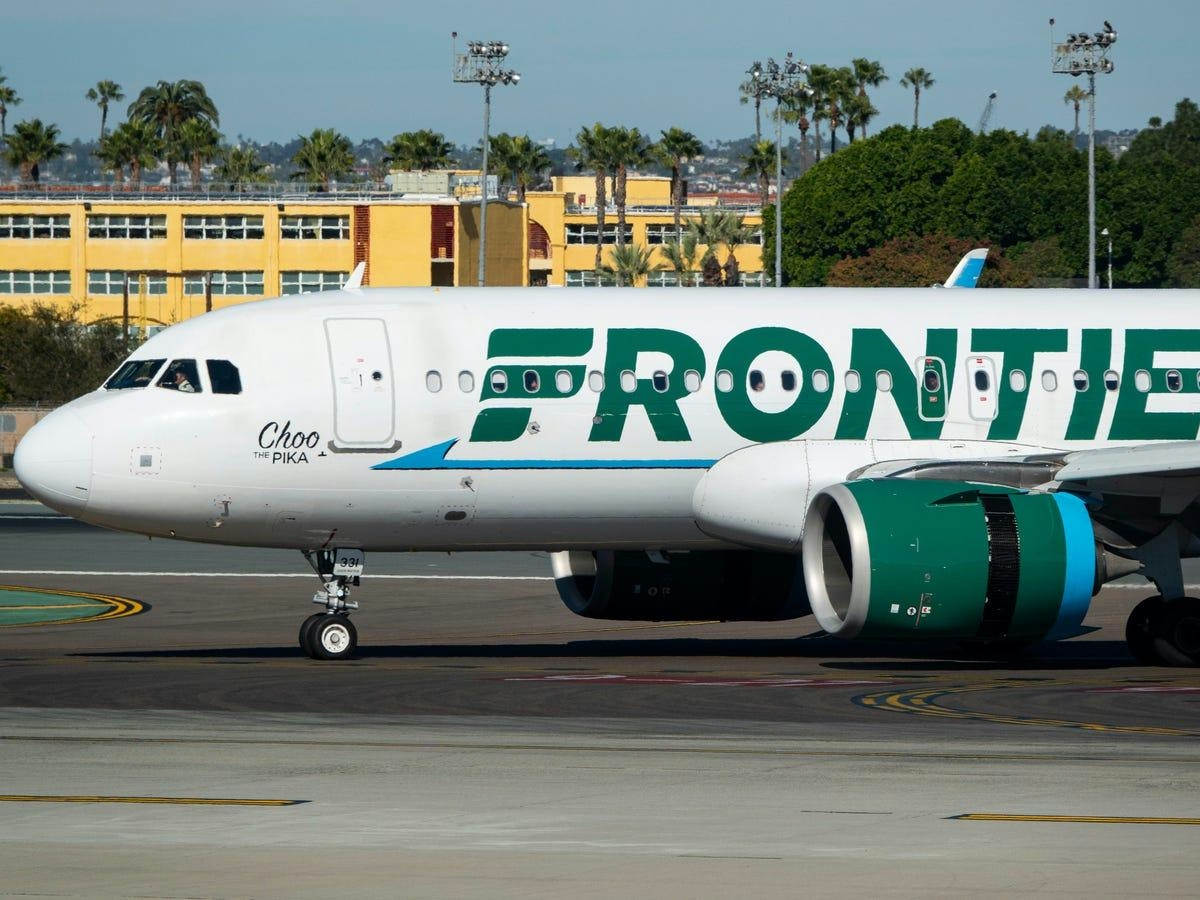
Frontier Airlines Airbus A321neo Returns to Cleveland After Engine Fire

Why the Boeing 777X Is Limited to a Single Engine Type
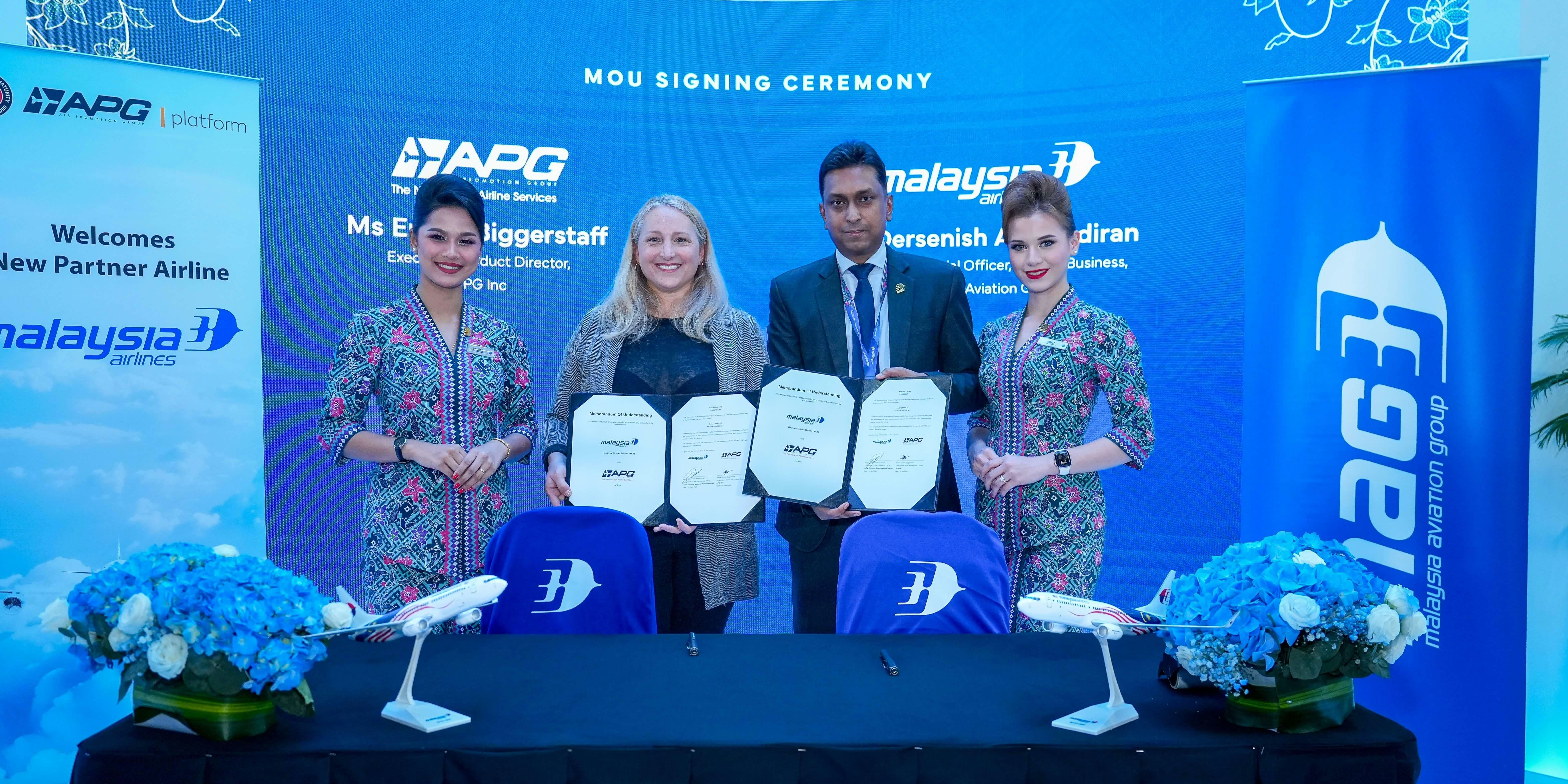
Malaysia Aviation Group Announces Long-Term Business Plan

TrueNoord Expands Executive Team

Hartzell Launches Sky-Tec Starter Line
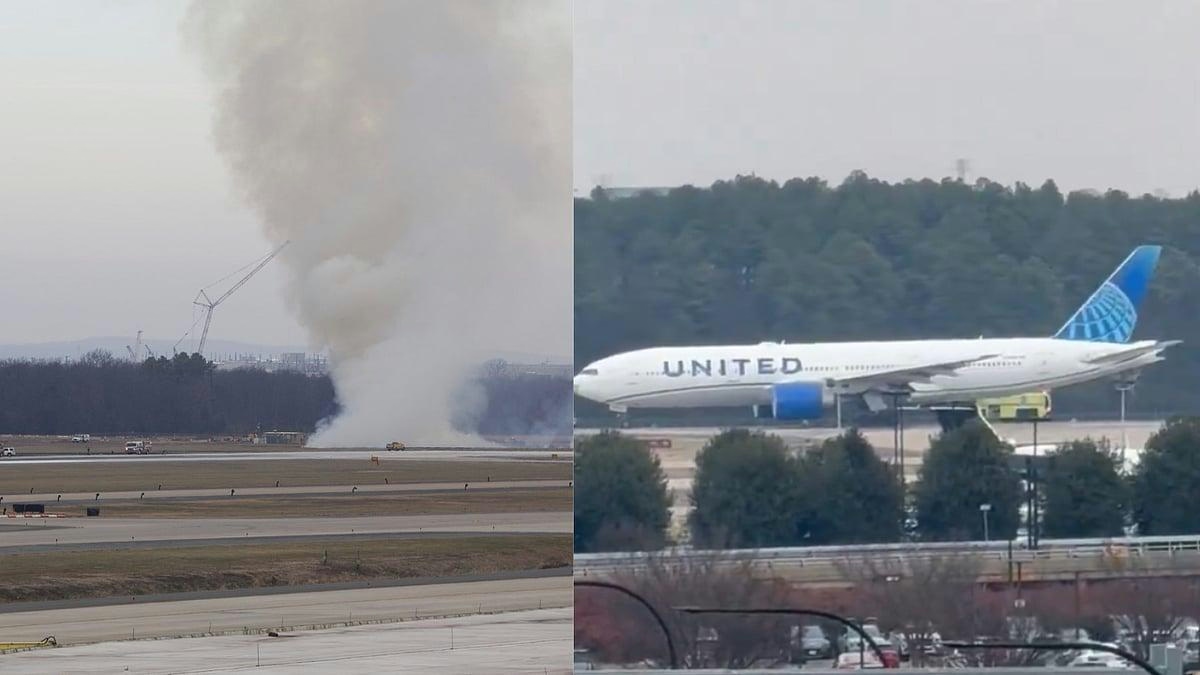
Boeing 777 Engine Failure Reported at Dulles Airport
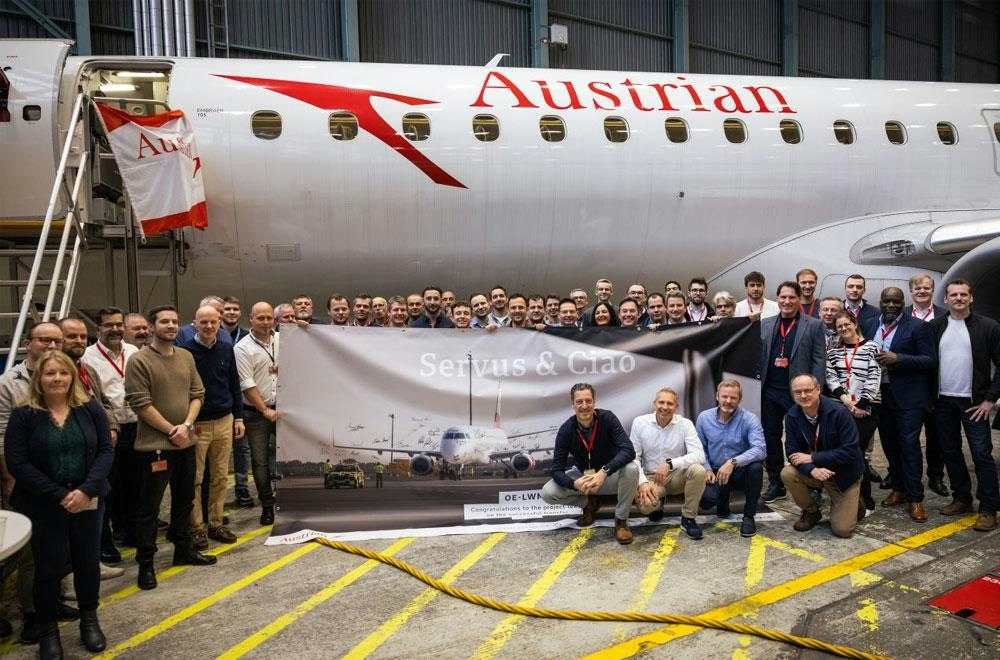
Austrian Airlines Transfers Embraer Fleet to Air Dolomiti
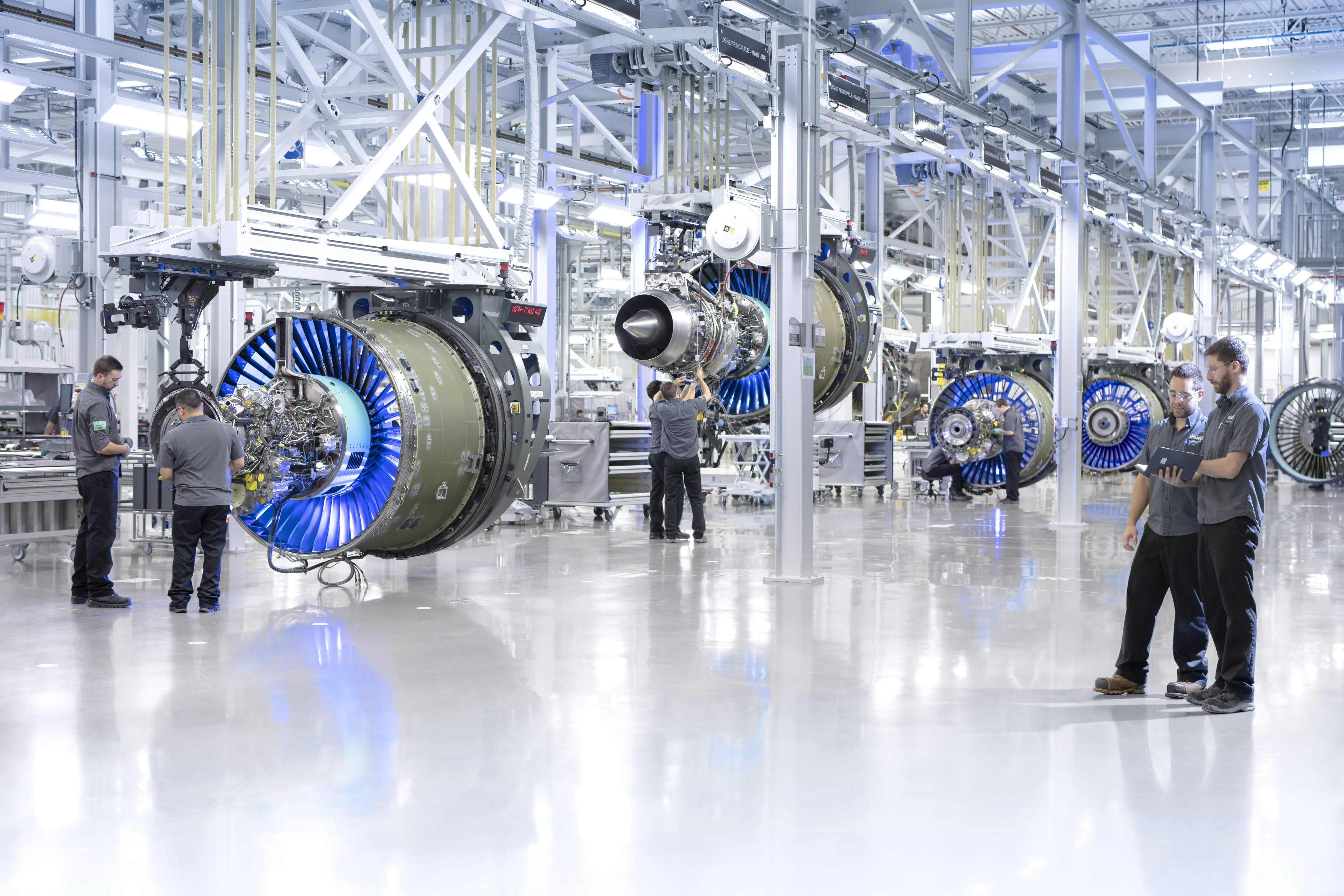
Airbus and Ingenium Open Aerospace Innovation Lab in Ottawa
